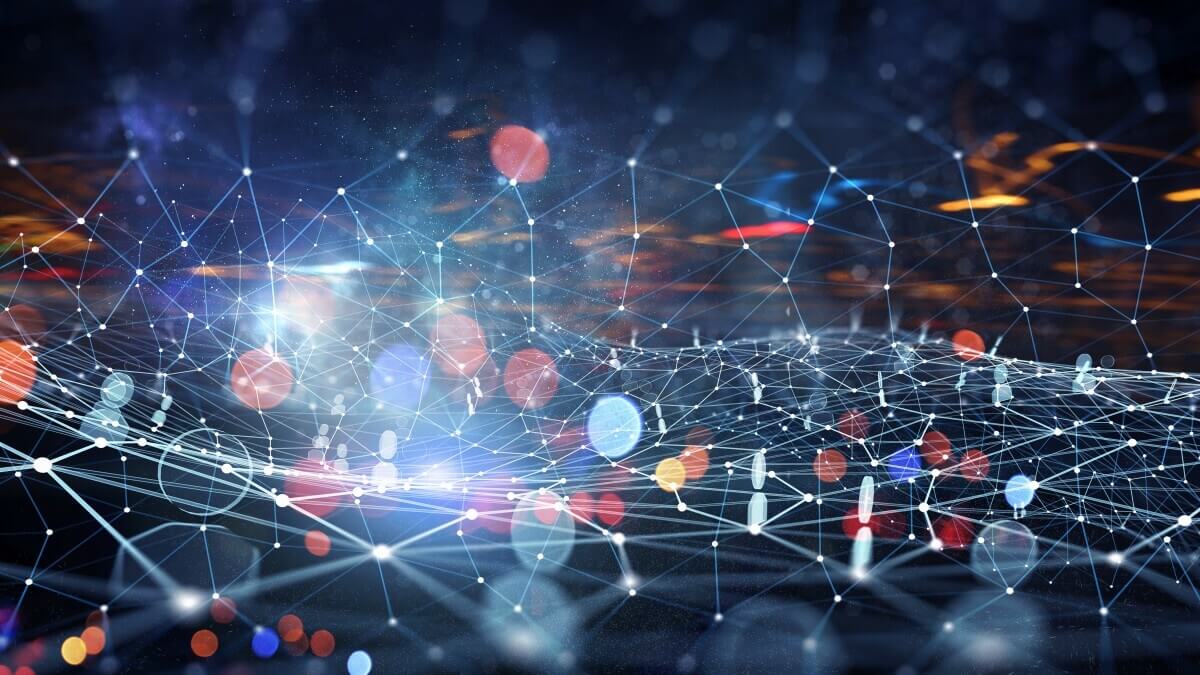Worldcoin’s Orb
The launch of Worldcoin’s Orb in the United States marks another headline-making moment in the growing movement to integrate biometrics into our daily lives. While it’s easy to be swept up by the scale and ambition of Sam Altman’s crypto-biometric experiment, what’s unfolding here is something far more significant for the broader technology ecosystem: a clear signal that biometric identity verification is going mainstream.
At Xailient, we see this as a net positive. Just as PopID helped make the market more familiar with face recognition for payments, Worldcoin is pushing public discourse forward on the utility and acceptability of biometric systems. And yet, we believe the most transformative—and practical—innovations are happening not in the cloud or behind a shiny orb, but at the edge.
Scaling Biometrics Requires Edge AI
Worldcoin boasts 7,000 Orbs worldwide, all managed directly by them. That’s a commendable achievement, but true global-scale deployment—millions or even billions of cameras and devices—demands a fundamentally different approach. That’s where Xailient comes in.
Our mission is to enable the real-world scale of AI by solving the most pressing challenge in the field: unit economics. Traditional cloud-based models can’t cost-effectively process visual data at this level. Our privacy-safe Edge AI drastically reduces bandwidth and compute costs, making it viable to embed intelligent vision into everyday environments—from casinos to homes to retail.
The Privacy Paradox: From Obstacle to Advantage
Worldcoin’s video presentation spent nearly a quarter of its runtime on regulatory challenges and public skepticism—rightly so. Gaining regulatory acceptance is essential, but it’s also clear they’re still early in that journey.
At Xailient, we view privacy as more than a compliance checkbox. Our Edge AI solutions ensure that facial recognition data is processed and discarded locally, turning what is often seen as a hurdle into a differentiator. And while compliance will increasingly become table stakes, building systems that are privacy-safe by design shortens sales cycles, builds trust, and accelerates adoption.
The Real World Is Messy: Consent, Motion, and Complexity
Worldcoin’s model is highly explicit—users choose to stare into an Orb. But real-world use cases, like those in casinos or smart homes, often rely on passive detection and natural human movement. These environments introduce challenges around implied versus explicit consent, edge conditions in lighting and motion, and layered governance between tech vendors, integrators, and operators.
Our systems are built for this complexity. Whether it’s the layered oversight in a Xailient-Konami-Casino integration or adapting to varying jurisdictional privacy rules, our management tools (such as Orchestrait) are designed to operate at scale across diverse and decentralized infrastructures.
Awareness Is Building—Now Comes the Execution
The attention that Worldcoin brings to biometrics is welcome. Their deep pockets and bold narrative are helping normalize the idea of face-based identity. But when enterprises—from casinos to consumer electronics brands—need to deploy robust, scalable, and privacy-safe systems, they turn to solutions that are ready now, integrated with their existing infrastructure, and built to handle complexity with ease.
At Xailient, that’s exactly what we deliver.

